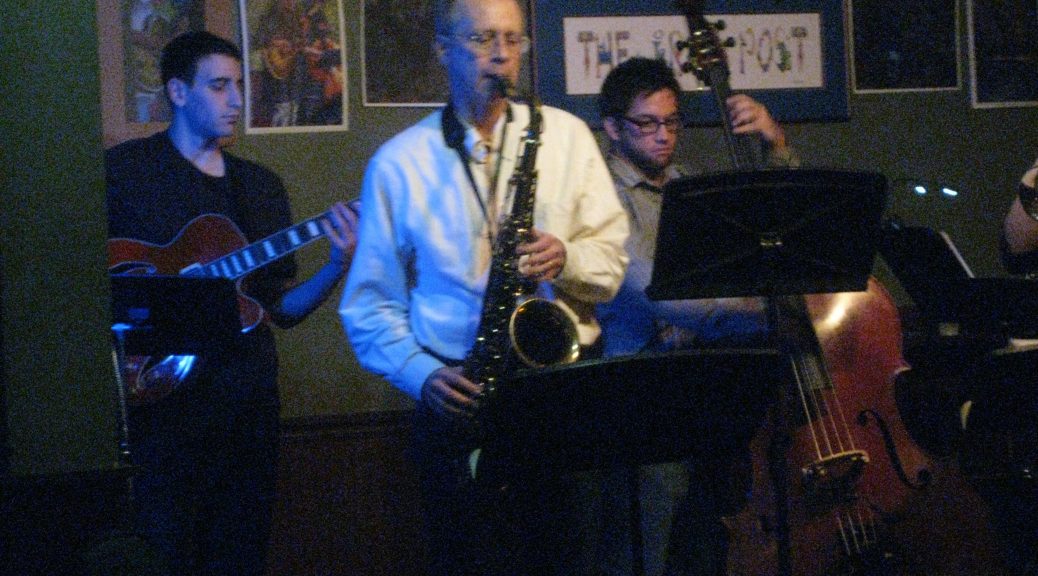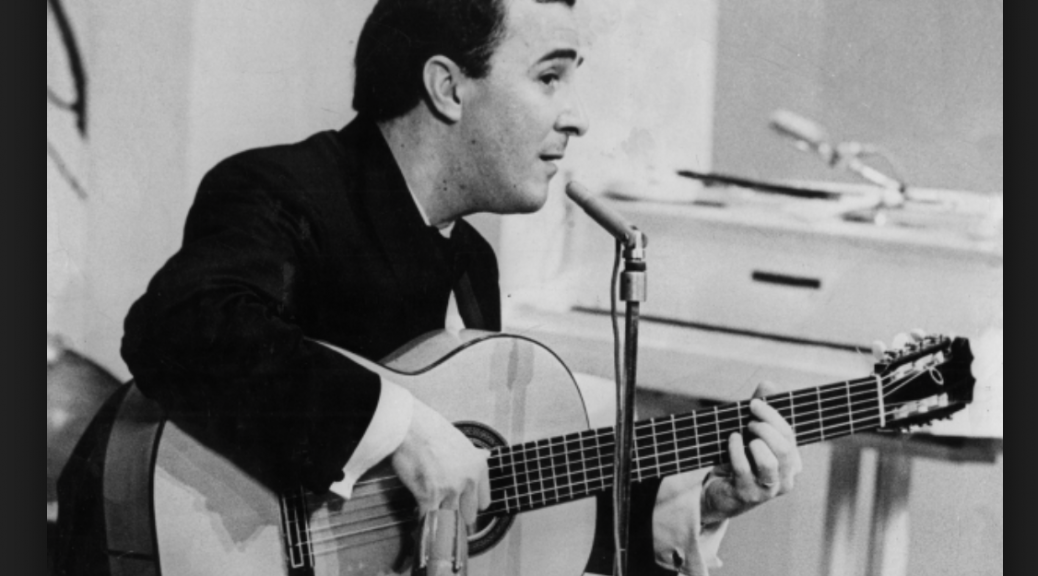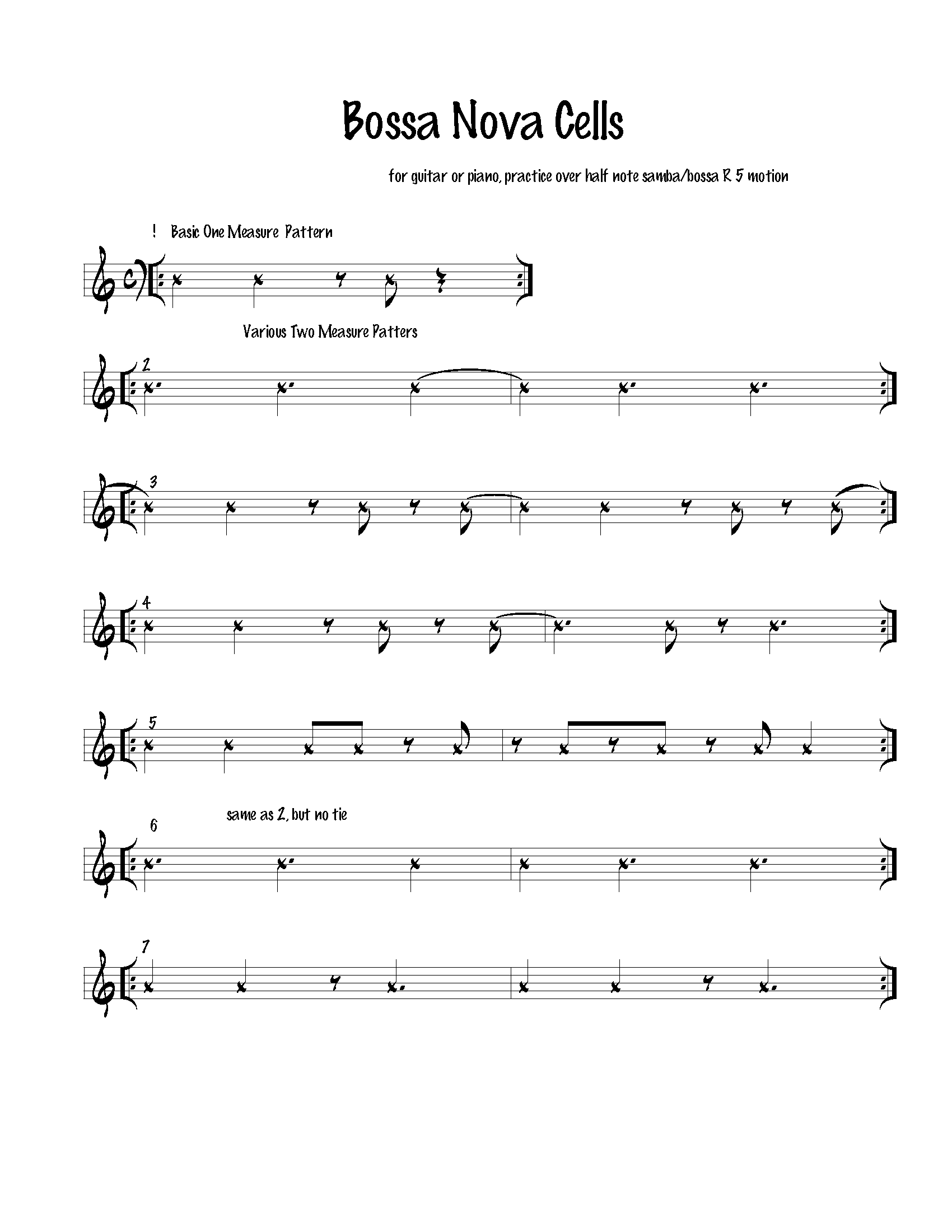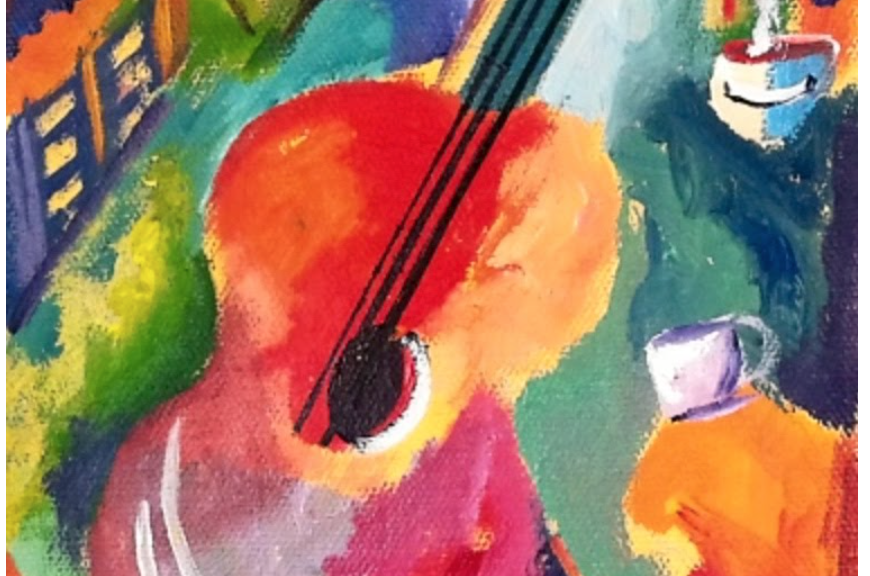I think you’ll find this interesting. It’s a very concise summary of key voicings, on the top 4 strings, for modern sounding “grips”, used for I Major and minor, ii and V7 family chords with the most common but all strong alterations. Of course you’ll have to transpose, and put them into context, but put it to the test with tunes you already play, like Stella by Starlight, Along Together, and so forth. You should be able to play all these tunes with these voicings alone. When you’re comfortable on the top four strings, you should learn them on the middle four and the bottom four after that. 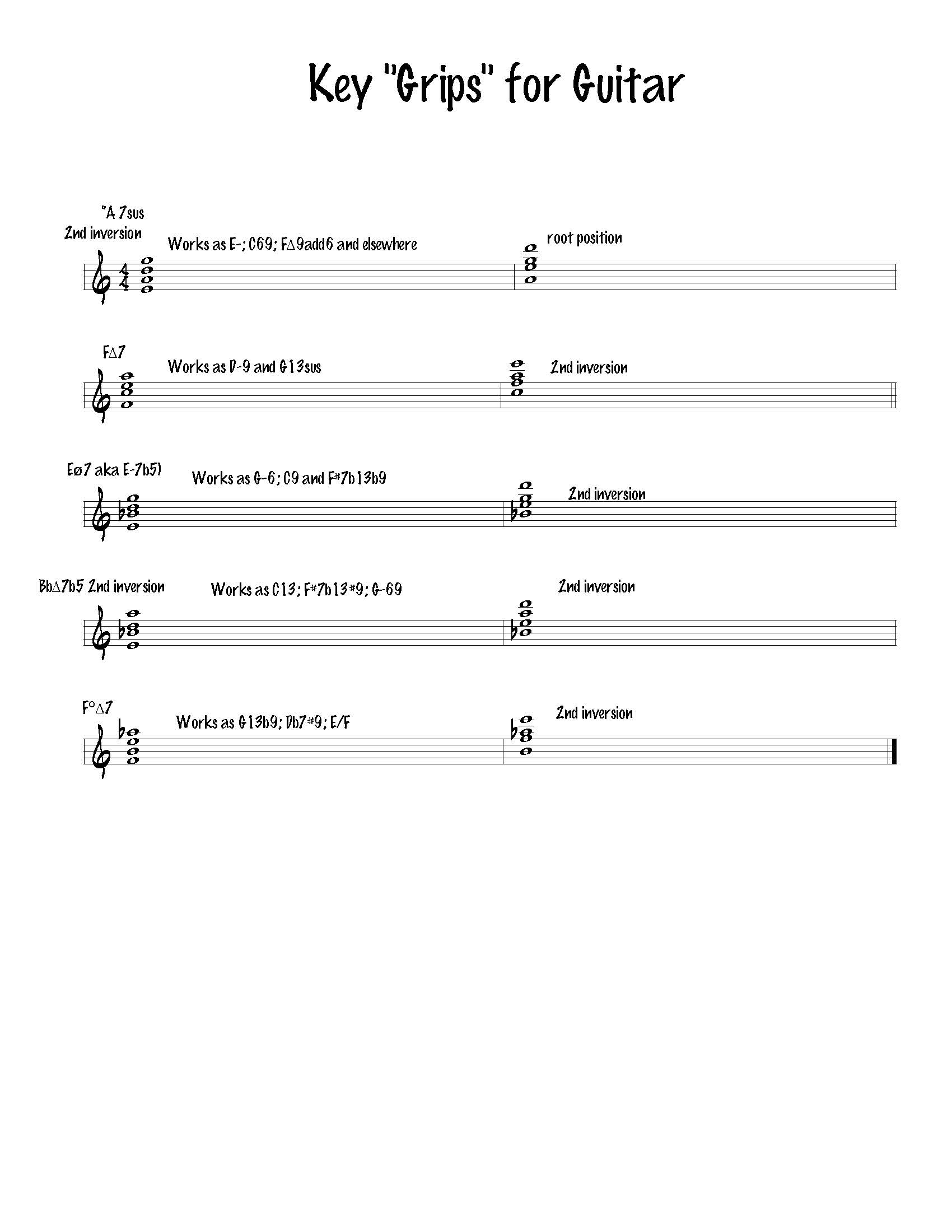
Category Archives: Uncategorized
Thoughts along the Way
I think many of you will agree with me that the semester has really flown by. I think we all have a tendency to crash during this week off school for Thanksgiving and then, before we know it, the last few weeks of the term are behind us.
I’ve seen a great deal of growth in many of our students, both in my classes and studio and across the program, though certainly not without some struggles, which certainly go with the territory. I’ve really enjoyed watching all of it, being a part of it and, more and more, documenting at least some of it, which leads me to my thought. I’ve been working pretty hard on video editing and, while in no way do I claim any real expertise, I see, without a doubt, the great importance in today’s world, of learning how to record and edit audio and video. I definitely feel like it’s more of an extension of me, and becoming a part of what I do, both teaching and playing, and I would just encourage you, if you aren’t doing so already, to learn to use technology in your practice. We can learn a lot, at times, practicing in front of a mirror, so this is an extension of that. I sense that doing little recordings of forum, Iron Post, etc. on a regular makes people play just a little bit better, at least that’s my hope. It’s always been said that you never know how might be out there listening to you, and now this is more true than ever.
So, congratulations to all for your hard work and practice, and I look forward to the coming weeks, with concerts, recitals and juries.
Bossa Nova Guitar
I thought I’d write a little about Bossa Nova. As many of you surely know something about the style I just will say a couple of basic things about it. First of all, I would see Bossa Nova, which kind of took the U.S. by storm in the early 60s with Joao and Astrud Gilberto and of course Stan Getz as completely distinct from afro cuban music, a distinct approach that derived form earlier Brazilian styles, in particular samba. The heartbeat is really a steady pulse on 1 and 3 with various upbeat patterns added. Some people talk about a Bossa Nova clave, but that can be confusing for the student. First of all, here’s the original Gilberto/Getz recording of Girl from Ipanema.
Listen to the way the guitar part, played by Joao Gilberto evolves. It begins with most basic one bar bossa pattern, with 3 hits, one two and the and of three, over half notes played with the thumb. But, by the time Getz comes in, it more of a two bar pattern.
I found this beautiful 1983 recording of Gilberto doing the beautiful tune Estate live where he stays with the most basic pattern most of the way through.
Here are several common patterns you can practice. Perhaps work them separately at first, but get each pattern comfortable so you can play it over half notes in the thumb. You’ll be on the way to developing a better Bossa Nova feel. For a deeper look into this I highly recommend Nelson Faria’s wonderful The Brazilian Guitar Book for a very full study.
This is pretty important information for all jazz guitarists, so check it out. When you’re playing in a group with a bass player, you can hold down the thumb or leave it out, but the independence you develop here will make you a much better comper.
Here’s one more quick one , just one of my all time favorites Brigas Nunca Mais with Elis Regina and Antonio Carlos (Tom) Jobim. An updated (for the 1970s!) version of the feel.
Thoughts and Insights from the Teaching Studio
It’s been a very busy couple of weeks for me with some very involved off campus projects which have consumed a lot of time while maintaining the complete teaching schedule. I learn from each and every one of you and really strive to make each minute in the lesson count. There were a few very interesting insights I had which I wanted to share, these being being on comments or questions from one or another of the students, bass and guitar.
One student, a very gifted one(!), surprised me by stating, in response to some advice I was giving him about practice techniques away from the instrument, that he didn’t really see what what important about practice away from the instrument. This surprised me because I thought I really make the point to each student how really key it is to do that. I would go so far as to say it’s probably at least as important as practicing at the instrument and probably MORE so.
What kinds of practicing am I talking about? Well, there are several types. One would be visualization, that is imagining you are playing the guitar or bass and really actively practice something, like a scale or phrase, or a tune or somebody else’s solo and including, of course, one’s own improvising. It also would include listening, singing (solfegging), imitative practice with recordings, rhythmic practice and so on.
With many of the students, I started using the iPad more in our lessons and think it is a very positive tool we can use at times. In many cases, students were surprised at how good they sounded! We spend a lot of time in a hypocritical mode and it’s important to remember that it’s essential to really do away with any self-conciousness when we are in creative mode, which is where we are when we are soloing. It’s a paradox because, every note is important, very important, so this is the process, where we are striving toward total awareness in combination with a lack of self consciousness!
In some cases, something we heard/saw on the recording led to questions about ways to identify and include more of something lacking in the playing. For one student this was be-bop “vocabulary” and I responded by giving that student some very specific stock phrases to be sequenced through the tune he was playing and then manipulated in different ways. In another student it was more focused on conceptions of “time”, which is of course not always an easy thing, and recordings can teach us so very much.
Those are just a couple of examples, but I really enjoy each moment with each student and observing the growth process as it unfolds.


